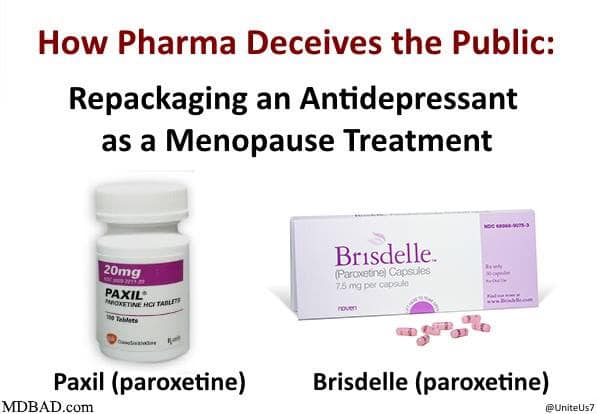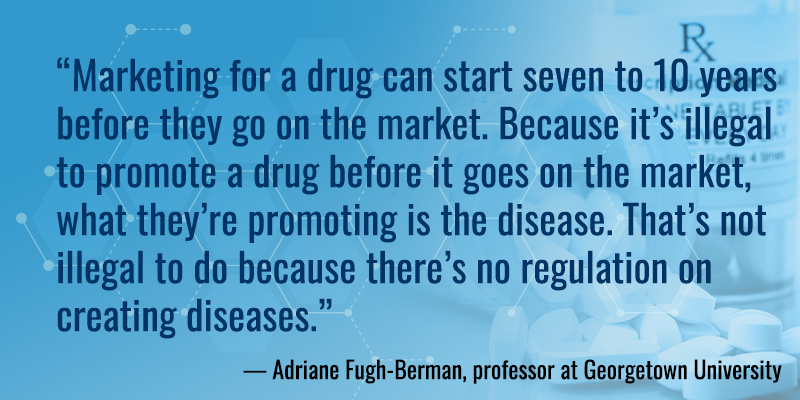
If you have done five minutes on researching the ingredients and risks of vaccines you are more knowledgeable than the average Nurse or GP:
It’s been too long I have stayed silent. It’s time to share my story. To speak the truth in love. My adult career as a Registered Nurse has been centered on the NICU, PICU, & Pediatric populations.
Growing up I had all my vaccines, the 11 or so we got back in 1984, seemingly uneffected and happily moving forward in life.
Fast forward to nursing school. I remember watching a short video, the CDC schedule & the importance of our patients receiving the full schedule. The denial of the autism link – and that’s it. We did not study ingredients, we were not told about vaccine injury/death, or how to report to VAERS when an injury occurred. One class quickly spoonfed. And we moved on.
Upon graduating and securing my first job in the NICU, I thought nothing of the injections I pushed into the thighs of my screaming newborn patients, nor of the “poor feeding,” lethargy, high-pitched screams, & breathing abnormalities that would sometimes follow. This was all normalized as common for the short period after vaccines. I questioned nothing as my own belly grew and grew with my own first child. I was a nurse after all, and this was science.
I drove to my son’s 2 month well visit and a voice inside told me, “Don’t do it. You need to research first. “ And I actually listened to my gut and declined. Me, the nurse who injected other people’s babies…I told my pediatrician I just wanted to wait a bit and do some more research. I was made to sign a form acknowledging that I was putting my child at risk. I left feeling shamed, but relieved that there was still time to decide. Shortly after I received a phone call from my nurse manager that upon returning to work from my maternity leave, I would be joining the float pool which would place me returning to work in a brand new orientation to the pediatric and PICU units.
I returned to work reluctant to leave my newborn, also pregnant again with heavy morning sickness, and trying to learn a whole new patient population and 2 new units, with no time or leftover energy to do my vaccine research. And then the voices of my new nurse co-workers started sounding off: “You’re crazy to not vaccinate your baby! You are working in a PEDS unit, don’t you know how much risk you are putting him?!” They were well-intentioned, taught the same tiny tidbit as I was..
Well, I panicked. I dropped my resolve to research, left after work and called my son’s doctor. “I need an appointment as soon as possible for his vaccines, because I work in pediatrics now, I can’t put him at any further risk.” And I went. And he screamed. Back at home he was colicky, febrile, not feeding well, regurgitating large amounts of milk. I called the pediatricians office. This was normal I was assured. It will pass. Duh, I knew that! And it did. I returned again for more shots at 6 months, 9 months, each time with similar reactions. Each time brushing off that gut instinct that something was wrong, because, after all, the benefit of his protection outweighed the risk.
Time for the one year vaccines, the plethora, the dreaded, accused MMR. This time with a newborn daughter in tow. But this time, was just too much. How I wish I could go back to that day I declined at 2 months and start my research then! How different things would be had I stood firm and learned back then what I know now..The toxic load of aluminum, formaldehyde, human and animal tissues, etc and etc, were too much for my son’s neurological system and detoxification system. He lost his words & eye contact altogether, started flapping, spinning, walking on his toes, horrible GI symptoms, food limiting, had no desire for social interaction, etc. He was diagnosed with severe autism. And our world was turned upside down.
I knew beyond a shadow of a doubt, before even starting my research, that the vaccines had triggered the autism. I had watched it happen before my very eyes. No one could ever convince me otherwise. How sad to have to learn the hard way, when I was SO close to sparing my son a life of difficulty. Yet thankfully, unlike so many others, I still had HIM.
As I researched, I became more and more enlightened to the corruption, the cover-up, the lack of safety studies over 30 years, the politicians in league with the pharmaceutical companies, the secret tax-funded vaccine court with no liability of the manufacturers, following the money-trail as they say, and further down the rabbit hole I went…Finding solace and comfort and support in those parents I met on this new journey who had also learned the hard way. Doctors, lawyers, teachers, educated professionals, now on a journey to try and recover their injured child, if they weren’t mourning their loss, only to be met with scorn and mockery from those within their family and professional circle.
I went from fully supporting vaccines and administering them to others and my own children, to fully rejecting them and warning everyone who would listen, including my patients’ parents, of the danger! I would even bribe my coworkers with snacks from the vending machine to administer vaccines to my patients that parents had signed for. I did not want any part in it, even if the parents wanted them given!
So my take home message is, I get that you only want to protect your child, just as I did. I really do and I respect you for it! Us pro-vaxxers & Ex-vaxxers are NOT enemies! We all want the same thing – safety for our babies. So I don’t want you to take my word for it. I hope that you’ll heed my pain and do the diligent research. It takes time. It is painful to uncover. But for every health professional reassuring you vaccines are okay, you now have another rising up and telling you they are unavoidably, unequivocally UNSAFE. Please let that be the red flag to you, even if it is the ONLY red flag that causes you to dig deeper for yourself and your family.
Do you know why we are suddenly, and in such great numbers, stepping out of hiding, bearing the mockery, insults, wishes of death on us and our children?? (Yes, this is happening A LOT!)
It’s because we can’t afford to remain silent any longer, there is TOO much at stake for ALL of us!
~ 29 states currently are pushing legislation, that will ultimately remove ALLLL exemptions. Your right to choose for your children will first be taken. All 72 doses, including the HPV and flu vaccine mandated, with 270+ currently in the pipeline. Those will follow as soon as you no longer have any say so. Then they will come after us, the Adults.
Oh, you’ve been skirting around that monstrous flu vaccine each year? You won’t be able to if you don’t find the will to fight back now. You will be caught up on the same schedule our children are subjected to, and ALL the new ones as well. They just approved the HPV vaccine for adults! Make NO mistake, this IS the agenda. And it is happening rapidly.
So while we still have a chance, let’s forget about pro-vaxx and anti-vaxx and stand together and fight for our right to CHOOSE ~ For autonomy over our own bodies and our children. Defend your CHOICE now, research later.
Where there is risk, no matter how small, there MUST be a choice. Please stand and fight with us. We are being censored all over social media platforms and soon our voices will be silenced. We must awaken Now and stop allowing them to pit us against one another. For the sake of our children, grandchildren, our future. Get involved in your state, in any way you can, and fight with us for the right to keep your CHOICE. This is a civil liberties issue, NOT simply a vaccine issue. If we allow this, what’s to stop them from force sterilizing or euthanizing, it’s been done in the past! Then it will be forcing a chip that tracks everything. God bless you all and empower you with boldness. I am available in my inbox to lovingly answer questions.
Angela Renee, RN BSN








